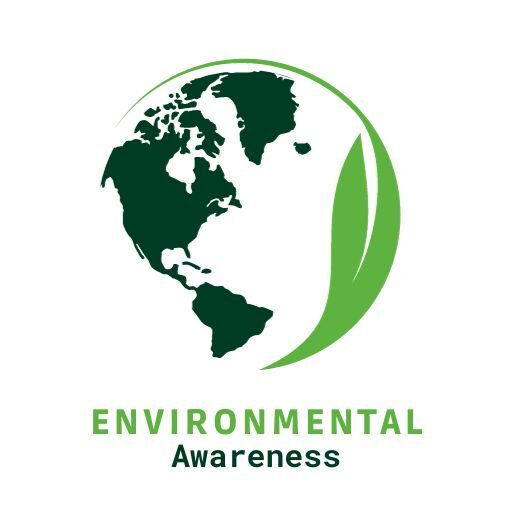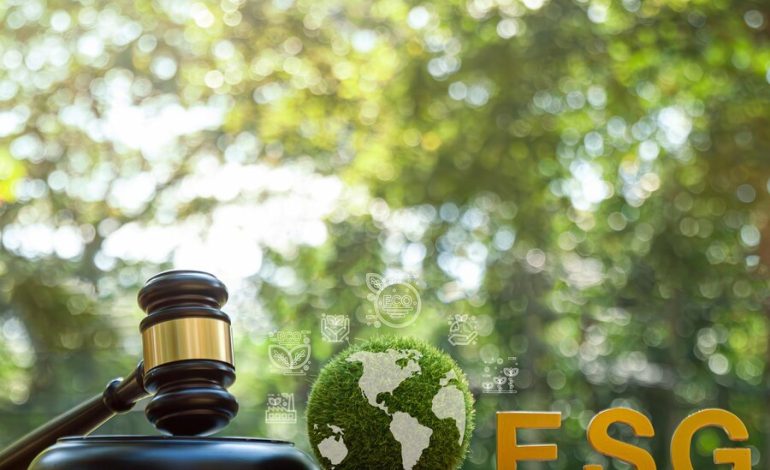
The Role of Technology in Wildlife Protection: Innovations and Applications
Role of Technology in Wildlife Protection
Wildlife conservation is now more important than ever in a time when human activity is changing natural ecosystems at an alarming rate. Thankfully, new developments in technology are offering creative ways to support the preservation and conservation of the species in our world. Conservationists around the world use a wide range of instruments and strategies, from artificial intelligence to remote sensing, to monitor, control, and protect wildlife populations.
In this blog, we examine the most recent advancements and their uses as we dig into the role of technology in wildlife protection. But first, let’s review the fundamentals and quickly read up on conservation technologies to get a sense of the subject.
What is Conservation Technology?
The use of cutting-edge instruments, methods, and inventions to combat environmental problems such as habitat degradation and biodiversity loss is known as conservation technology. With the goal of monitoring, controlling, and safeguarding animals and natural ecosystems, it includes a broad range of technology, such as artificial intelligence, drones, remote sensing, GPS tracking, video traps, and more.
In order to collect information, comprehend ecological dynamics, and develop conservation strategies, conservation technology is essential. These tools aid in directing decision-making and setting priorities for conservation activities by giving scientists and conservationists insightful information about wildlife populations, habitat conditions, and human influences.
Additionally, the use of conservation technology makes conservation interventions like species monitoring programs, habitat restoration initiatives, and anti-poaching patrols more successful and economical. Through the appropriate use of technology, conservationists can work towards accomplishing their aims and eventually contribute to the long-term sustainability of biodiversity on our planet. So, now let’s investigate the significant role of technology in wildlife protection while looking into the intricacies of technology usage and challenges that come the way.
The latest technological innovations and their applications for wildlife protection
-
Remote Sensing
The adoption of remote sensing technologies has been one of the biggest developments in animal preservation. Satellites orbiting the planet that are fitted with sophisticated sensors and high-resolution cameras gather important information about habitat fragmentation, vegetation cover, and land use. Tracking changes in wildlife populations, identifying important habitats, and spotting illicit activities like poaching and deforestation all benefit from this information.
For example, satellite photography is being used to monitor large areas of land in the fight against illegal poaching, allowing conservationists to identify suspicious activity in real-time. Authorities can identify regions with heavy poaching activity and more efficiently allocate resources by examining changes in animal behavior and vegetation patterns.
-
GPS Tracking
GPS tracking is another essential tool for protecting wildlife. Researchers can track the movements of animals with an unprecedented level of precision thanks to miniature GPS devices connected to them. GPS technology offers vital insights into the life of wild animals, whether studied in the context of following the migration patterns of endangered species or analyzing the behavior of elusive predators.
Thanks to developments in GPS tracking, satellite tags that can transmit data remotely have been developed recently, removing the requirement for manual retrieval. With the use of this technology, researchers may now monitor animals in remote or inaccessible regions and gather data in real time, thereby revolutionizing the study of animal behavior.
-
Camera Traps
Researchers and conservationists studying wildlife now consider camera traps to be essential instruments. These motion-activated cameras record and photograph animals in their native environments, giving important information about population levels, distribution, and behavior. Camera traps provide a non-invasive method of monitoring animal populations without interfering with their natural behaviors when placed strategically throughout protected areas.
Furthermore, data processing is now more accurate and economical thanks to recent developments in camera trap technology, such as artificial intelligence and machine learning algorithms. With the help of these algorithms, researchers may swiftly evaluate enormous volumes of data and spot trends or abnormalities by automatically identifying and classifying species in photos.
-
Drones
Unmanned aerial vehicles, or UAVs, sometimes known as drones, have become extremely effective tools for conserving and protecting species. Drones that are outfitted with cameras, sensors, and even thermal imaging technologies may easily survey large amounts of land and provide high-resolution data and imagery that are not possible to get with conventional means.
Drones are being employed in anti-poaching operations to patrol protected regions, keep an eye on animal populations, and spot illicit activity from the air. Drones are essential for preventing poaching and protecting endangered animals because of their speedy and covert coverage of wide areas.
-
Artificial Intelligence
The conservation of wildlife is undergoing a revolution thanks to artificial intelligence (AI), which makes data analysis and decision-making more effective. Large volumes of data, like images from camera traps and satellite pictures, can be processed by machine learning algorithms, which can then provide insightful information to support conservation efforts.
AI systems, for instance, can evaluate satellite imagery to spot changes in habitat loss and land cover, giving conservationists a way to prioritize which regions should be protected or restored. Similarly, AI can recognize and categorize species in camera trap studies automatically, enabling researchers to monitor population changes and evaluate the success of conservation efforts.
Challenges in Tech Innovations & Applications or Wildlife Protection
- Technical Reliability: Ensuring consistency and correctness of data gathered by tools such as GPS trackers and camera traps so that decisions about animal conservation can be made with knowledge.
- Logistic Complexity: Handling technology deployment, upkeep, and retrieval in harsh or isolated locations with restricted resources and access.
- Funding Restrictions: Obtaining adequate funding for conservation technology programs’ development, research, and implementation in order to effectively protect species.
- Regulatory Compliance: Ensuring that ethical and legal requirements are fulfilled by abiding by the legislative frameworks and rules controlling the use of technology in animal conservation.
- Interdisciplinary Collaboration: Encouraging proficient communication and cooperation between specialists from many domains to incorporate technology into comprehensive approaches for safeguarding animals and tackling intricate conservation issues.
- Breaking down communication barriers: Helping interdisciplinary teams overcome disparities in terminology, priorities, and techniques.
- Ethical considerations: weighing the possible advantages of technology for the preservation of wildlife against moral issues pertaining to the rights of humans, animals, and the environment.
Key Takeaways
In the face of escalating threats to biodiversity, the role of technology in wildlife protection has never been more critical. With the use of cutting-edge technologies and methods like artificial intelligence and remote sensing, conservationists are better equipped than ever to monitor, control, and protect wildlife populations.
It is critical to acknowledge the value of cooperation and interdisciplinary methods as we continue to leverage technology in the battle against poaching, habitat loss, and other challenges. Combining knowledge from domains like ecology, computer science, engineering, and conservation biology allows us to create comprehensive solutions for the many problems that our planet’s priceless species face.
In the end, technology’s incorporation into animal conservation initiatives gives conservationists hope for the future by arming us with the resources and information needed to safeguard Earth’s biodiversity for future generations. Humans and the natural environment can coexist in a more sustainable and peaceful manner if we embrace innovation and make the most of technology.





